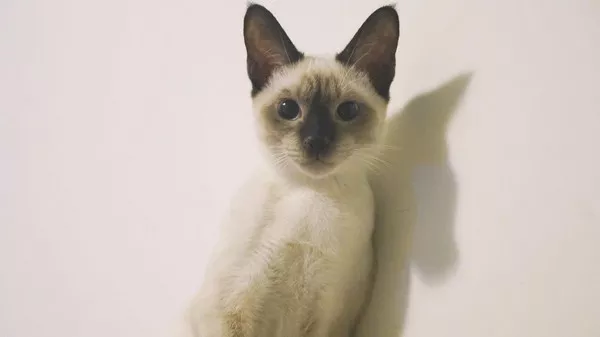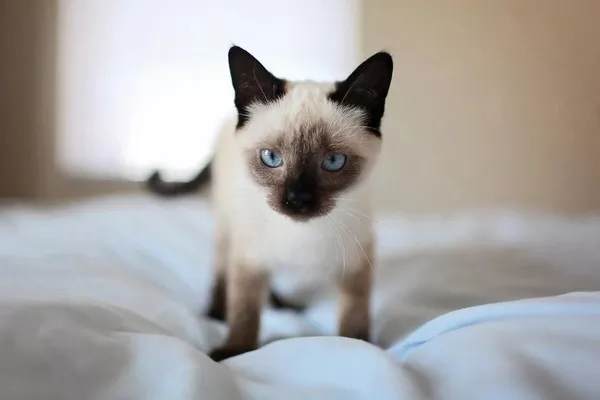As beloved companions, cats bring joy and comfort to our lives. However, just like any other living beings, they can also fall victim to various health conditions. One such condition that cat owners should be aware of is Feline Infectious Peritonitis (FIP). In this article, we will delve into the world of FIP, exploring its causes, symptoms, diagnostic methods, treatment options, and preventive measures. By understanding this complex disease, cat owners can take proactive steps to ensure the well-being of their feline friends.
Understanding Feline Infectious Peritonitis (FIP)
1. A Viral Disease
Feline Infectious Peritonitis (FIP) is a viral disease caused by a coronavirus known as feline coronavirus (FCoV). While most cats are exposed to this virus at some point, only a small percentage develop FIP.
2. Two Forms of FIP
FIP is divided into two forms: wet (effusive) and dry (non-effusive). The wet form is characterized by fluid accumulation in body cavities, while the dry form affects various organs, causing granulomas and inflammation.
Causes and Risk Factors
1. Mutation of FCoV
The exact cause of FIP remains a topic of research, but it is believed that a mutation of the feline coronavirus leads to the development of the disease. Genetic factors and a weakened immune system also contribute to FIP susceptibility.
2. Multi-Cat Environments
FIP is more common in multi-cat environments where the virus can spread easily through close contact, shared litter boxes, and grooming.
Recognizing Symptoms
1. Varied Symptoms
The symptoms of FIP can vary widely depending on the form of the disease and the affected organs. Common signs include lethargy, loss of appetite, weight loss, fever, and difficulty breathing.
2. Wet Form Symptoms
In the wet form of FIP, fluid accumulation in the abdomen or chest can lead to distended belly, difficulty breathing, and a bloated appearance.
3. Dry Form Symptoms
The dry form of FIP affects organs like the liver, kidneys, and eyes. Symptoms may include jaundice, neurological issues, and eye inflammation.
Diagnosis and Veterinary Care
1. Complex Diagnosis
Diagnosing FIP can be challenging due to its diverse symptoms and similarities to other conditions. Veterinarians use a combination of clinical signs, blood tests, imaging, and analysis of body fluids to make an accurate diagnosis.
2. Biopsy and PCR Testing
A definitive diagnosis often requires a biopsy of affected tissues or PCR testing to identify the presence of the coronavirus and its mutated form.
Treatment Options and Management
1. No Specific Cure
Currently, there is no specific cure for FIP. Treatment aims to alleviate symptoms and improve the cat’s quality of life.
2. Supportive Care
Supportive care may involve fluid therapy, nutritional support, pain management, and medications to reduce inflammation and boost the immune system.
3. Prognosis
The prognosis for FIP is guarded, as the disease is often progressive and difficult to treat. Early detection and intervention can improve the cat’s quality of life, but the outcome remains uncertain.
Preventive Measures
1. Reducing Exposure
To prevent FIP, reduce exposure to the feline coronavirus. Minimize the number of cats in your household and practice proper hygiene, including regular litter box cleaning.
2. Vaccination Considerations
Vaccines for FIP exist, but their efficacy is a subject of debate. Consult with your veterinarian to determine whether vaccination is appropriate for your cat based on their risk factors and health status.
The Importance of Early Detection
1. Regular Vet Visits
Regular veterinary check-ups are essential for early detection of any health issues, including FIP. Discuss your cat’s health and behavior changes with your veterinarian.
2. Monitoring High-Risk Cats
If you have multiple cats or live in a multi-cat environment, monitor their health closely and seek veterinary care if any unusual symptoms arise.
See Also: 5 Most Common Illness in Cats
Conclusion
In conclusion, Feline Infectious Peritonitis (FIP) is a complex and challenging disease that affects a small percentage of cats. While there is no specific cure for FIP, understanding its causes, symptoms, and management options can help cat owners make informed decisions about their cat’s health and well-being. Regular veterinary care, proper hygiene, and monitoring of high-risk cats can contribute to early detection and intervention, improving the quality of life for affected cats. By staying educated and proactive, cat owners can provide the best possible care and support for their feline companions, ensuring a happy and healthy life together.


























